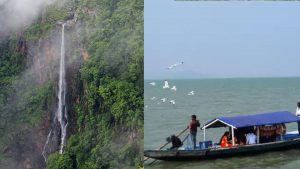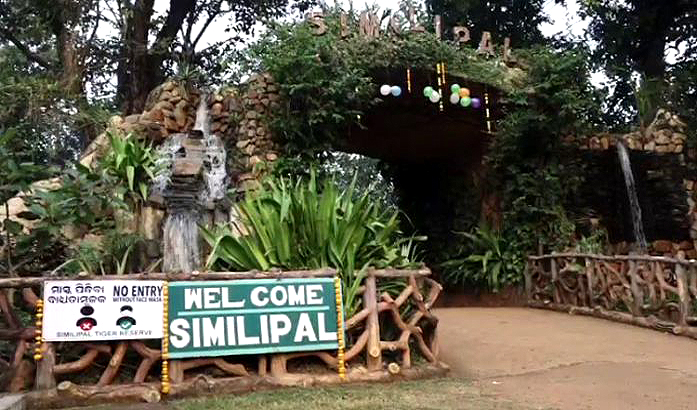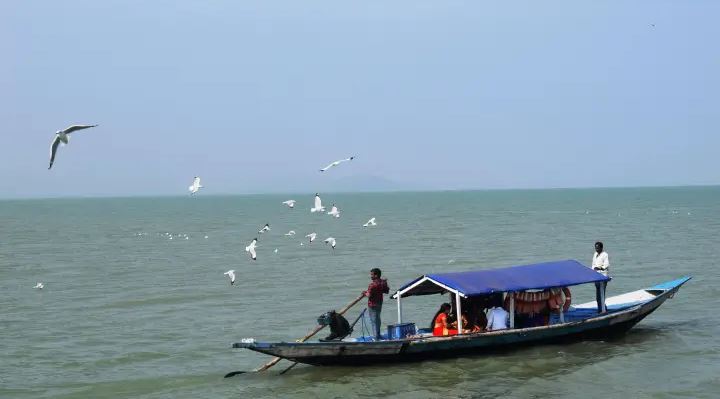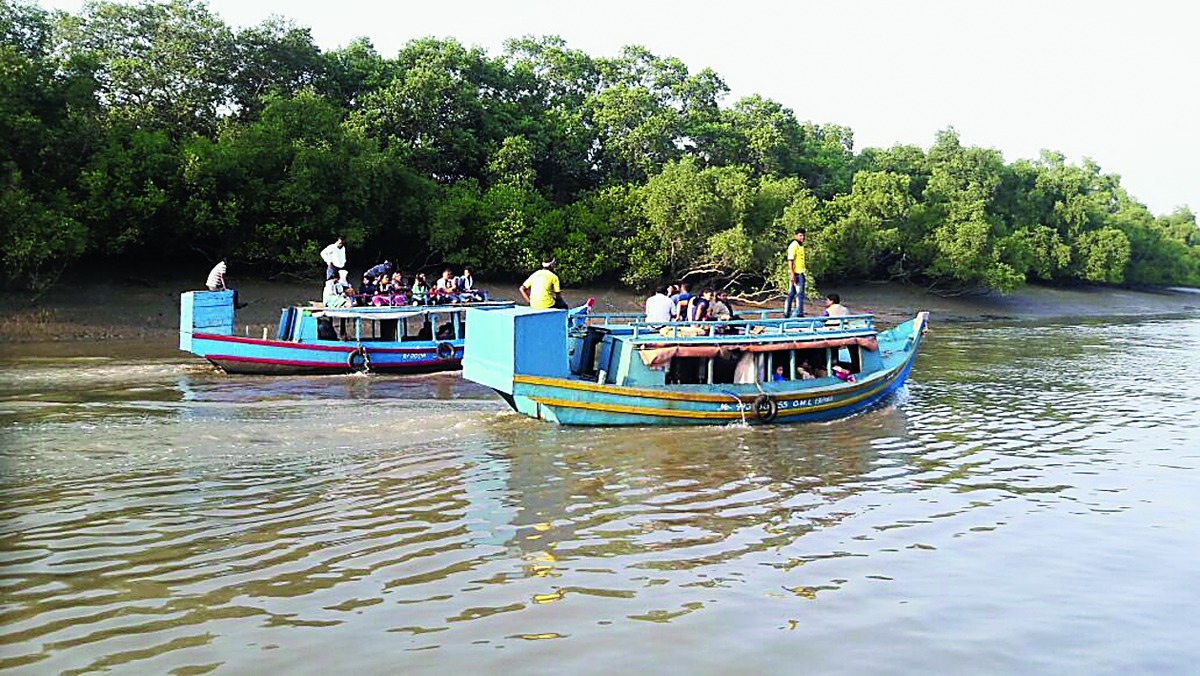Top 5 biodiversity hotspots in Odisha

Bhubaneswar: Odisha is one of India’s most biologically diverse states, home to a wide range of plant species, animals and aquatic life. Its forests, wetlands, and coastal regions are considered vital biodiversity hubs on the global stage. From mammals and migratory birds to butterflies and odonates, the state’s ecosystems support remarkable ecological diversity. Here are top 5 biodiversity hotspots in Odisha.
Similipal National Park:
 File Photo
File Photo
Located in Mayurbhanj district, Similipal is a UNESCO-designated biosphere reserve. The park hosts more than 1,000 plant species and over 90 species of orchids. It provides a habitat for tigers, elephants, leopards, sambar, and spotted deer. Similipal is also known for its melanistic (black) tigers.
Chilika Lake:
 Pic-OP
Pic-OP
Spread across Puri, Khurda and Ganjam districts, Chilika is Asia’s largest brackish water lagoon and a designated Ramsar site. In winter, it becomes a major refuge for migratory birds such as flamingos, herons and Siberian cranes.
According to 2025 annual mid-winter waterfowl census, more than 11 lakh birds representing 196 species flocked to the Chilika Lake this year. The lake is also a key habitat for the endangered Irrawaddy dolphin. It is the largest wintering ground for migratory birds on the Indian sub-continent. The lake is home to a number of threatened species of plants and animals. Chilika Lake is an ecosystem with large fishery resources. It sustains more than 1,50,000 fisherfolk living in 132 villages on the shore and islands.
Bhitarkanika National Park:
 Bhitarkanika National Park
Bhitarkanika National Park
Situated in Kendrapara district, Bhitarkanika is a Ramsar site known for its dense mangrove forests. It shelters saltwater crocodiles, Olive Ridley sea turtles, and various species of snakes and birds. Its rich mangrove ecosystem, which is India’s second largest after the Sunderbans, plays a crucial role in biodiversity conservation. Bhitarkanika also hosts the largest congregation of endangered saltwater crocodiles in the country.
Debrigarh Wildlife Sanctuary:

Nestled near the Hirakud reservoir in Odisha’s Bargarh district, Debrigarh Wildlife Sanctuary is a haven for biodiversity. Spread over 347 square kilometres, the beautiful sanctuary is known for its easy sightings of animals, particularly Indian Bison, wild boars, sambhar and peacocks, to name a few.
The sanctuary boasts more than 40 species of mammals, 234 species of birds, 41 species of reptiles, 12 species of amphibians, 42 species of fish, 39 species of odonates, and 85 species of butterflies. Its dry deciduous forests and rich plant diversity contribute to its ecological significance. Debrigarh is internationally recognised for its populations of leopards, bison and the rare four-horned antelope, or chousingha. The presence of several stunning waterfalls further enhances its appeal as both a conservation site and a scenic getaway.
Gahirmatha Marine Sanctuary:
 Representational image
Representational image
This sanctuary lies along the Odisha coast, stretching from the Dhamra river mouth in the north to the Brahmani river mouth in the south. It includes a portion of the Bay of Bengal and the Gahirmatha beach, which is globally recognised as the largest nesting ground for Olive Ridley sea turtles. Each year, hundreds of thousands of turtles arrive to lay eggs on this beach, making it a vital site for marine conservation.
These top 5 biodiversity hotspots in Odisha are vital examples of the state’s ecological wealth and play an important role in both tourism and conservation.
PNN
News